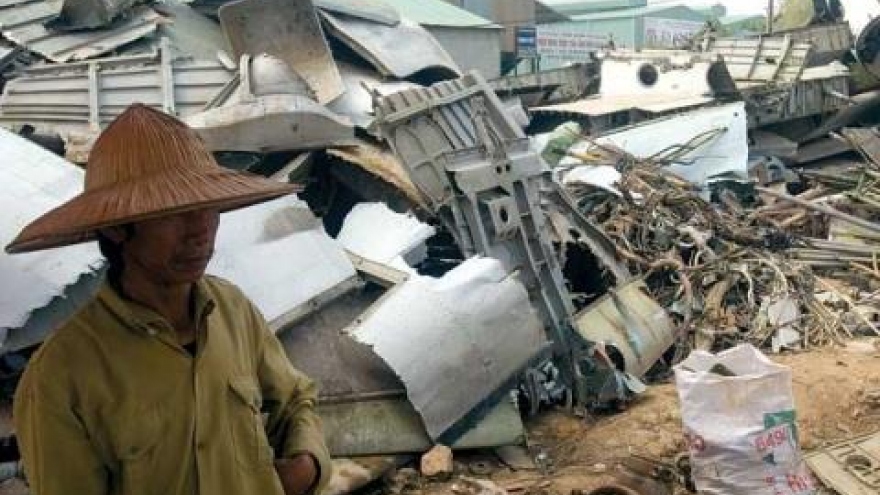To thrive, steel manufacturers must become independent
Despite many preferences given for decades, VnSteel, with its spearhead, Tisco, has not succeeded as well as the the steel industry had hoped.
 |
Tisco and Vtmsteel, the joint venture between VnSteel and the Chinese partner, are included on a list of 12 projects which have incurred multi-trillion dong losses.
The Thai Nguyen Iron and Steel Complex, the predecessor of Tisco, was built in 1959 with a closed production line of ore mining, steel refining, and steel laminating.
The government poured US$170 million worth of capital from Chinese ODA loans to expand the mill in the first phase. However, it did not make any significant breakthrough.
The expansion project in the second phase kicked off in September 2007 with total investment capital of VND3.843 trillion, which later rose to VND8.104 trillion in August 2012. The EPC contractor is MCC, a Chinese group.
In September 2014, the Prime Minister allowed SCIC to invest VND1 trillion in Tisco to help it implement the project. However, the rescue campaign failed.
After two years of operation, Vtmsteel in early 2017 reported the loss of VND1 trillion. The joint venture exploits iron ore from Quy Xa mine in Lao Cai province which has the reserve of 120 million tons.
A report of the Ban Viet Securities Company showed that iron ore accounts for the largest proportion in total production cost (35%). Therefore, the price fluctuations of the input material have had big influences on competitiveness.
In January 2012, the Prime Minister released an instruction, adding iron ore onto the list of product items that Vietnam had stopped exporting.
The biggest beneficiaries of the new policy were enterprises which make steel with blast furnace technology. The other beneficiaries were Chinese enterprises.
Analysts say China is the largest exporter of blast furnace technology into Vietnam. How will Vietnam’s steel industry survive when it imports technology from its rival?
China is also the biggest producer and consumer of steel in the world, which makes up 50% of the global market (1.6 million tons of steel in 2016). Therefore, once the market sneezes, the world market would suffer, let alone countries sharing the border lines with China like Vietnam.
Analysts say the limited resources need to be allocated to industries which Vietnam has advantages to develop and its products have best competitiveness.
After many decades, state-owned steel manufacturers still have not expanded. Though Vietnam has seen the strong rise of the private sector, its competitiveness in the world market remains questionable.
The answer can be found once the State stops all forms of support and lets steel manufacturers stand on their own feet.


